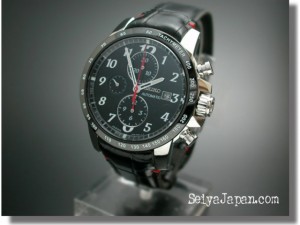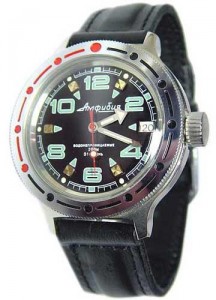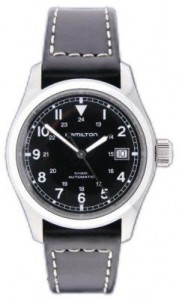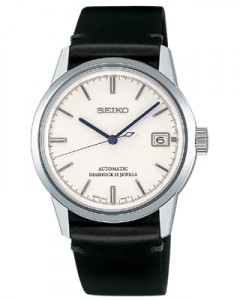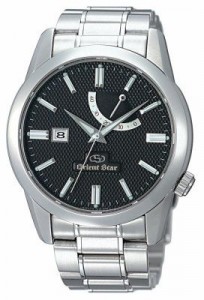 If you still have hesitations whether to buy or not to buy a replica watch of your favorite brand, below you will find the most crucial reasons to help you make up your mind. The article is based on real opinions shared by simple customers as well as experienced watch experts.
If you still have hesitations whether to buy or not to buy a replica watch of your favorite brand, below you will find the most crucial reasons to help you make up your mind. The article is based on real opinions shared by simple customers as well as experienced watch experts.1. A replica watch shows off what you really don't have: This is what many people actually think about wearing a replica watch. 'Fakes are worn to impress plastic minds,' as one customer said. 'If one buys a fake, he is fooling others,' 'A fake is and will always be a fake and so is the person who owns one' - these are some more opinions about replicas. All these statements reflect one and the same idea - people wearing replica watches are not taken seriously and their reputation may seriously suffer. If you care about what people think about you, especially in business circles, it is better to avoid wearing a replica watch.
2. Almost anyone can tell a replica watch from an authentic one: Many watch experts think that low quality replica watches will be spotted at more than 20 feet away ('they are so poorly made that even a blind chimp would not mistake one for the real thing'). Even if you are not a watch expert yourself, your attention will be caught, for example, by the gold plating of a fake that is too yellow in color or the glass or plastic crystal not reflecting light like sapphire crystal.
3. A replica watch will actually impress no one: Considering the two opinions mentioned above, if you want to impress others with a fake, you will hardly manage to do that. As a rule, people who purchase highly priced authentic timepieces find no reason to impress anyone as they already have at their disposal enough income to purchase many other expensive items and hardly feel the need to impress anyone with an over-expensive wristwatch.
4. A replica watch will never grow up in value: This reason needs no explanation. There is little or no sense to pay 500-1000 dollars for a fake watch as it is much better to save some more money until you have enough to buy a real nice authentic timepiece, probability a used one from a reputable dealer.
In comparison, an authentic watch becomes a thing to be inherited by the generations to follow, a true family relic and talisman the value of which grows over time.
 5. Poor durability: Replica watches are produced from poor quality materials, so they are easily scratched or even broken. The mechanisms inside a replica watch will not last for a long time, so you will have to either take your watch to be repaired or, if it is seriously damaged, simply throw it away.
5. Poor durability: Replica watches are produced from poor quality materials, so they are easily scratched or even broken. The mechanisms inside a replica watch will not last for a long time, so you will have to either take your watch to be repaired or, if it is seriously damaged, simply throw it away.One can take an authentic watch to the authorized service center where it will be treated properly and last for many years to come.
6. Lack of precision: Cheap replica watches are equipped with poor quality mechanisms, usually, cheap quartz movements, so one shouldn't expect great precision from a fake watch.
The mechanisms of genuine watches are often hand-made and guarantee remarkable precision.
7. Lack of additional functions and complications: The majority of replica watches do not feature the functions they are meant to, as they simply imitate the design of an authentic watch but lack the corresponding functions. So, if you dream about a watch with a minute repeater or a tourbillon, you will never find a replica watch with such horological complications.
8. Lack of innovative features: Replica watches do not provide the innovations incorporated by the authentic ones. A great advantage of an original watch is that its producer spends much time working on innovations, applying new high-tech materials, improving the watch's design and technical features. Consequently, the quality and durability of branded watches gets significantly improved and owners of genuine timepieces can enjoy wearing their watches that guarantee precision timekeeping.
9. Replica watch buyers involuntarily support illegal activity of fake watch producers:Today, the widespread counterfeiting industry, violating intellectual property rights, is linked to major organised crime, drugs, prostitution and even people-smuggling. The producers of qenuine watches join efforts to fight counterfeiting and minimize its negative effects.
10. Inner feeling of dissatisfaction: Many customers who buy a replica watch quickly get disillusioned as it turns out to be not half a thing they so much wanted to own.
Authentic watches are true masterpieces of engineering and beauty. Many customers compare purchasing a genuine watch to purchasing pieces of art or diamonds as they hold a special value to their owner.
Purchasing a replica watch holds no value or meaning as it is a kind of self-deception - you long for a masterpiece but get an imitation that only looks like the thing you have been dreaming about.
P.S.: Wide choice of reasonably priced authentic watches: A replica watch may be successfully substituted by a reasonably priced timepiece produced by some other reputable brand. If, for example, you are crazy about Patek Philippe watches, the price of which often reaches dozens of thousands of dollars, try to discover another Swiss brand or a Japanese brand that produces high quality timepieces available at affordable price range. As a good alternative, Tissot watches are on the list of Swiss bestsellers attracting whole armies of avid fans.
As one customer said, 'I would prefer a real Casio over a fake Rolex.'


